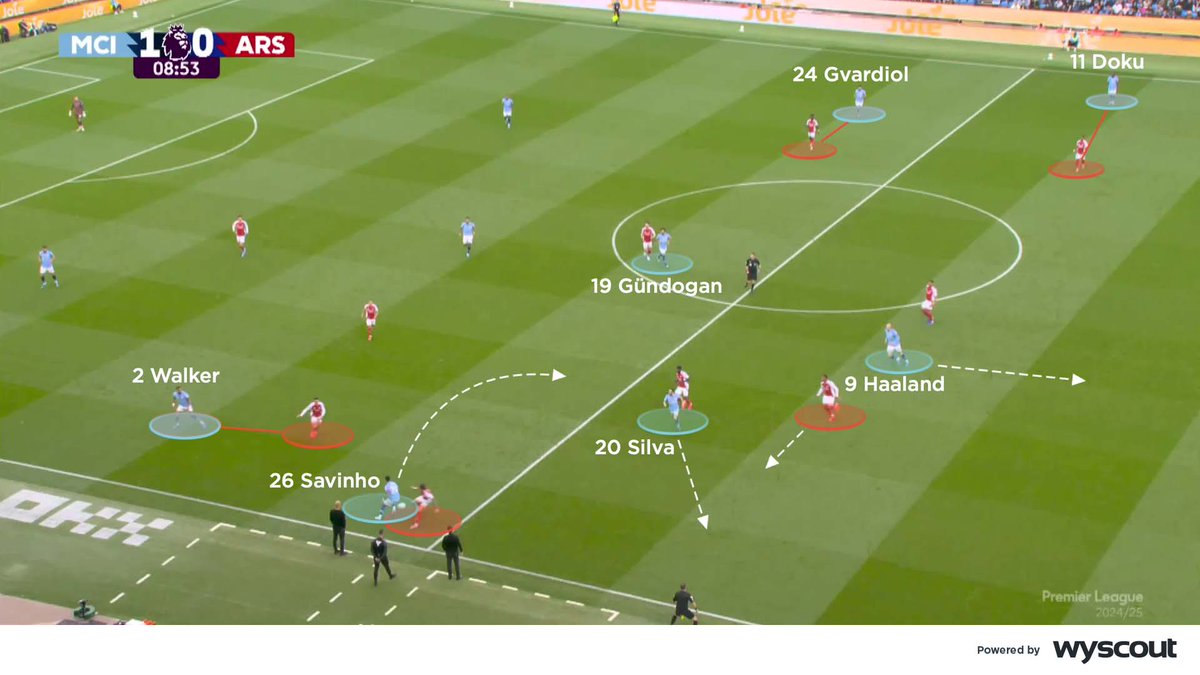THREAD! 👇 Our coaches reveal the tactical strategies used by Chelsea and Liverpool in their fixture on Sunday 🔵 #CHELIV 🔴
1️⃣ Chelsea were organised into a 4-3-3 formation led by the front three of Kai Havertz, Mason Mount and Timo Werner 🔵 #CFC #CHELIV 

2️⃣ That 4-3-3 became a 4-5-1 during the periods they were defending, through Mount and Werner withdrawing into midfield 🔵 #CFC #CHELIV 

3️⃣ Their most consistent threat came through the runs Werner attempted to make behind Liverpool’s defence, and they sought to find those runs 🔵 #CFC #CHELIV 

4️⃣ Chelsea’s midfield was short in attacking instinct and variety; even with a weakened defence, Liverpool defended comfortably against their predictability 🔵 #CFC #CHELIV 

5️⃣ Visitors Liverpool again adopted their familiar 4-3-3 formation; on this occasion Fabinho featured in central defence alongside Virgil van Dijk 🔴 #LFC #CHELIV 

6️⃣ They remained in that 4-3-3 when they were without possession; with Fabinho in central defence, Jordan Henderson instead sat at the base of their midfield 🔴 #LFC #CHELIV 

7️⃣ Henderson moving to adopt a quarterback’s role, and Roberto Firmino withdrawing into midfield, helped Liverpool to advance beyond Chelsea’s midfield, often via a four-on-three 🔴 #LFC #CHELIV 

8️⃣ The movements they offered towards the left, in the attacking half, complemented by Henderson’s diagonal passes, gave Liverpool significant attacking potential 🔴 #LFC #CHELIV 

• • •
Missing some Tweet in this thread? You can try to
force a refresh
















